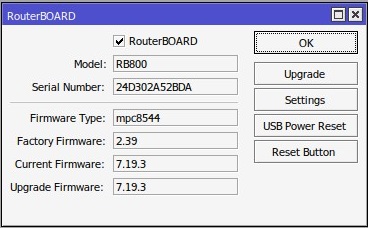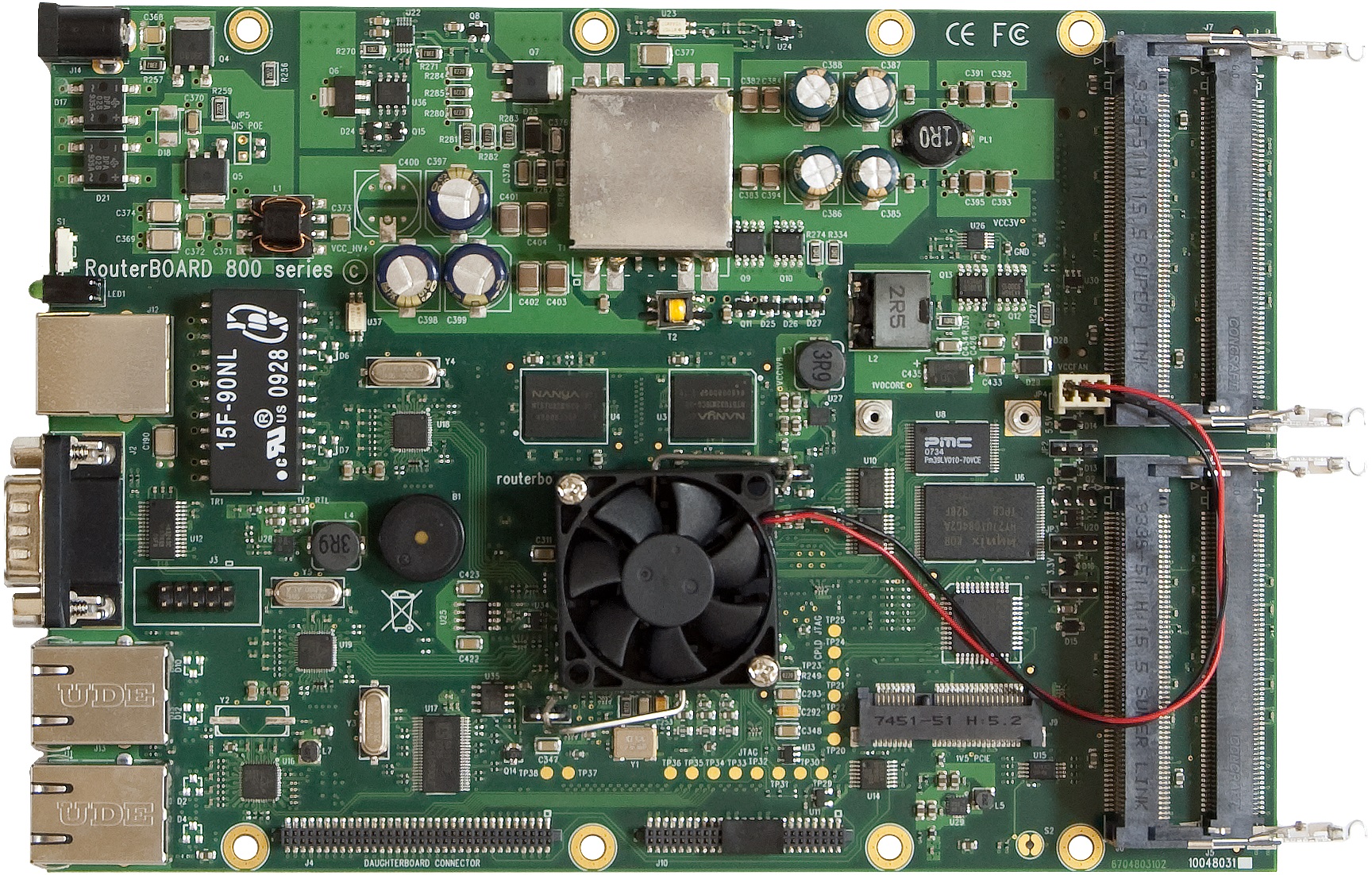
In the IT industry, fast pace is the order of the day: New devices are released every year, software support often ends after just a few years, and many products end up as electronic waste far too soon. MikroTik, a Latvian manufacturer of network hardware, has been taking a different approach for years – and is setting a strong example for sustainability and longevity in network technology with its product and update philosophy.
A particularly impressive example: the RouterBOARD RB800, which is still running reliably more than 15 years after its release – with the latest firmware and full range of functions.
Longevity as a principle, not an exception
While other manufacturers focus on short life cycles, MikroTik pursues a clearly more sustainable strategy:
- Standardized operating system platform (RouterOS) for almost all devices – from small home routers to carrier routers.
- Long-term support that is not based on “hype” or product cycles, but on genuine responsibility towards users.
- Modular hardware designs that enable expansion, repair and reuse.
This philosophy not only reduces e-waste, but also protects investments and enables the continued operation of proven systems – particularly important for educational institutions, NGOs, operators in developing countries or technology enthusiasts.
The RB800 – a symbol of sustainable technology
The MikroTik RB800 was introduced around 2009 and was considered the flagship router board at the time. With its PowerPC processor, several miniPCI slots and high flexibility, it was particularly interesting for wireless providers and carrier setups.
What is amazing today:
Even in 2025, the RB800 can still be updated to the RouterOS v6 version. Security gaps will continue to be closed and configuration options will remain up-to-date – even though the hardware has long since been discontinued.
The architecture (PowerPC) is also supported in the new RouterOS v7 series, but MikroTik continues to actively maintain the v6 series. This sends a clear signal: Anyone who uses MikroTik can also count on long-term software maintenance – regardless of the age of the device.

Planned obsolescence? Not with MikroTik!
In many areas of IT, we have become accustomed to the practice of planned obsolescence: after 3-5 years, support ends, security updates fail to materialize and the device becomes unusable – even though it is still technically fully functional.
MikroTik is deliberately bucking this trend. Even older devices such as:
- RB433 series (published ~2008),
- RB750 (first generation),
- or the RB800
are supplied with updates for over a decade. This not only creates trust, but also reduces the environmental impact, because: Every device that is reused is a new device saved – with all the resources that its production would have consumed.
Possible applications: Turning old into useful
Another advantage: The flexibility of RouterOS means that older devices can also be used sensibly – for example as:
- Backup routers in small networks
- VPN endpoints for remote access
- Training devices in IT training courses
- Wireless backbones in rural areas
An RB800 that may have been sitting on the shelf for years can be reactivated and put back into service in just a few simple steps – securely, stably and with full access to configuration functions such as VLANs, firewalls, queues or hotspot features.

Our conclusion: MikroTik shows how IT can be sustainable
In an industry that often relies on short-term cycles and planned replacement, MikroTik provides a convincing counter-model. With its long-term update policy, compatible software architecture and modular hardware, the manufacturer demonstrates that high-performance network technology does not have to be replaced after just a few years.
The RB800 is just one of many examples. Anyone using MikroTik is not only opting for performance and function – but also for ecological and economic sustainability.

